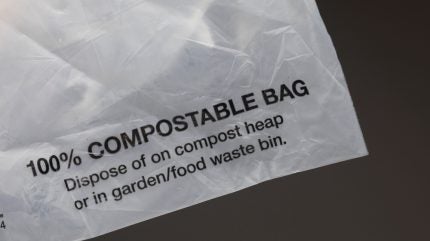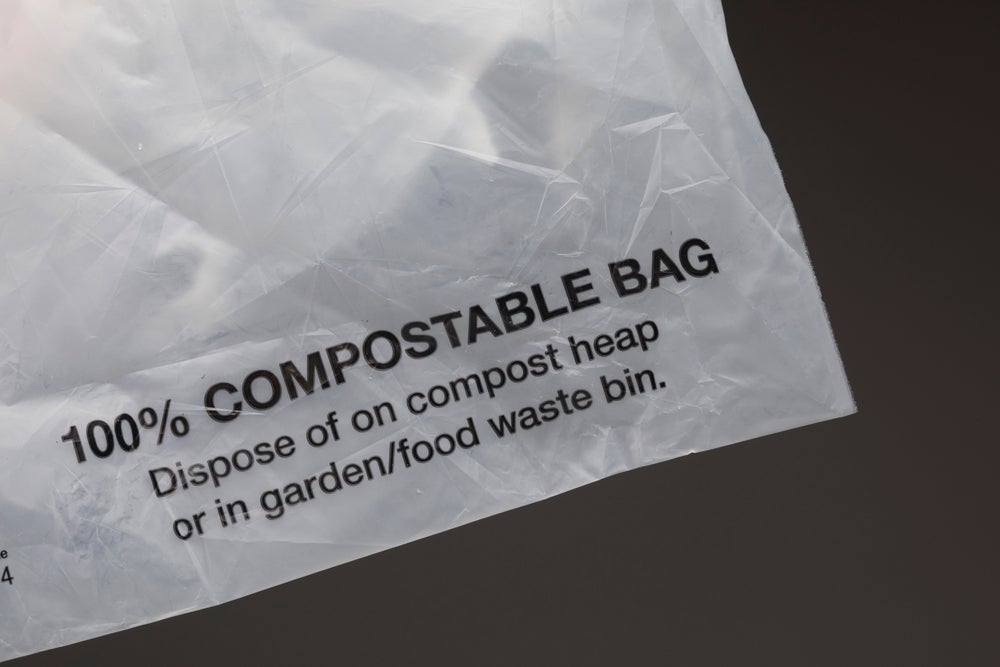
In recent years, compostable packaging has proven to be a promising alternative to conventional plastics. In view of the worldwide consciousness for environmental deterioration, industries and consumers turn to sustainable solutions.
Compostable materials are often celebrated as the future of packaging, but is the world really ready to hug it on a mass size?
The answer is complex and includes a mixture of scientific, economic and logistical considerations.
Compostable packaging refers to materials that are divided into non -toxic components under certain composting conditions and ultimately become part of the nutrient -rich soil.
While the concept is attractive, the widespread implementation includes more than just plastic against plastic packaging. It requires systemic changes in the infrastructure, in the directive and in consumer behavior.
Understanding compostable materials
Compostable packaging typically consist of natural materials such as corn starch, polylic acid (PLA), bagass (a sugar cane side product) or mushroom myzel.
In contrast to conventional plastics, which come from fossil fuels, these substances can decompose in industrial composting systems under controlled conditions such as heat, moisture and microbial activity within 90 to 180 days.
In contrast, standard plastics can take hundreds of years to collapse, which releases microplastics and toxic substances.
However, there is an important distinction between “biodegradable” and “compostable”. All compostable materials are biodegradable, but not all biodegradable elements meet the strict criteria in order to be compostable. Many so -called biodegradable products only fragment in smaller particles, often under undefined conditions and leave harmful residues.
The certified compostable packaging, on the other hand, is designed in such a way that they do not leave a toxic trace and are broken down into water, carbon dioxide and biomass.
Leading certification points such as the European standard 13432 and the British PAS 100 make sure that compostable materials correspond to strict environmental criteria. However, confusion in marking remains, and consumers often have difficulty identifying or understanding really compostable elements or understanding how they can dispose of them correctly.
The infrastructure challenge
One of the greatest hurdles to take over the mass of compostable packaging is not in its development, but in the infrastructure that is necessary to effectively process them. Industrial composting systems are not universally available, and the compost collection on the roadside is still relatively unusual in many regions.
Without access to suitable composting systems, even the most environmentally friendly packaging can land on landfills, where it cannot be broken down due to the lack of oxygen and microbial activity.
The composting of the home composting is sufficient, but is not always sufficient to process thicker or more complex compostable materials. Packaging for industrial composting may require sustainable high temperatures and specific air humidity levels that domestic compost heaps cannot consistently provide.
This gap between production and treatment at the end of life limits the actual environmental advantages of compostable packaging.
In addition, contamination remains a serious problem. Composting systems often reject entire stacks of waste if not compostable plastics are mixed, which often occurs due to the confusion of consumers.
This creates an operational headache for waste managers and reduces trust in compostable solutions.
Governments and municipal councils play an important role here. Guidelines that stimulate the development of the composting infrastructure, standardize labeling and educate the public are essential.
Countries such as Germany and the Netherlands are using integrated waste systems and clear disposal guidelines, but a global standard is still missing.
Economy and scalability
From a business perspective, compostable packaging offers both opportunities and challenges. Consumers are increasingly demanding environmentally conscious products, and brands that use sustainable packaging, can increase their image and their attraction.
However, the costs associated with compostable alternatives remain higher than that of traditional plastic, especially on a scale.
The production of compostable materials often includes agricultural inputs such as corn or sugar cane, which can fluctuate in price due to seasonal changes, competition with food plants and global market trends. These factors make it difficult for companies, in particular smaller, long -term to commit themselves to compostable packaging.
However, innovation and investments control the costs. Start-ups and established manufacturers examine new materials such as algae, algae and by-products for food waste that could be cheaper and more sustainable in the future.
With increasing production technologies and demand, it is expected to improve the affordability.
Some large companies have already started to change. Multinational companies such as Nestlé and Unilever have piloted compostable packaging, while coffee chains such as Pret a Manger triggered compostable cups and cutlery in selected markets.
These steps indicate a growing willingness to research viable alternatives, although there are still many initiatives in the experimental phase.
The street ahead
Compostable packaging has a real potential to reduce plastic pollution and create a circular economy. However, the knowledge of this potential requires more than an enthusiastic introduction of some future -oriented brands.
It requires coordinated effect in the supply chain – from raw material manufacturers and manufacturers to waste collectors, political decision -makers and consumers.
Consumer education is particularly important. People have to understand what compostable packaging is, how to distinguish them from fraudsters and how they can dispose of responsibility. Without this knowledge, even well -designed systems can stall.
In the long term, it is unlikely that compostable packaging will be a uniform solution. It will be part of a wider tool kit that contains reusable containers, recyclable materials and reduced consumption as a whole.
The success of an approach depends on how it integrates into broader sustainability goals and infrastructural realities.
Ultimately, compostable packaging is not yet complete for mass use, but it leads in the right direction.
With continued investments, political support and consumer engagement, it could play a crucial role in reducing ecological footprint of modern packaging.
